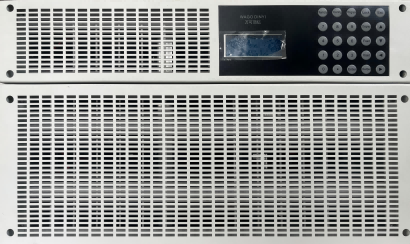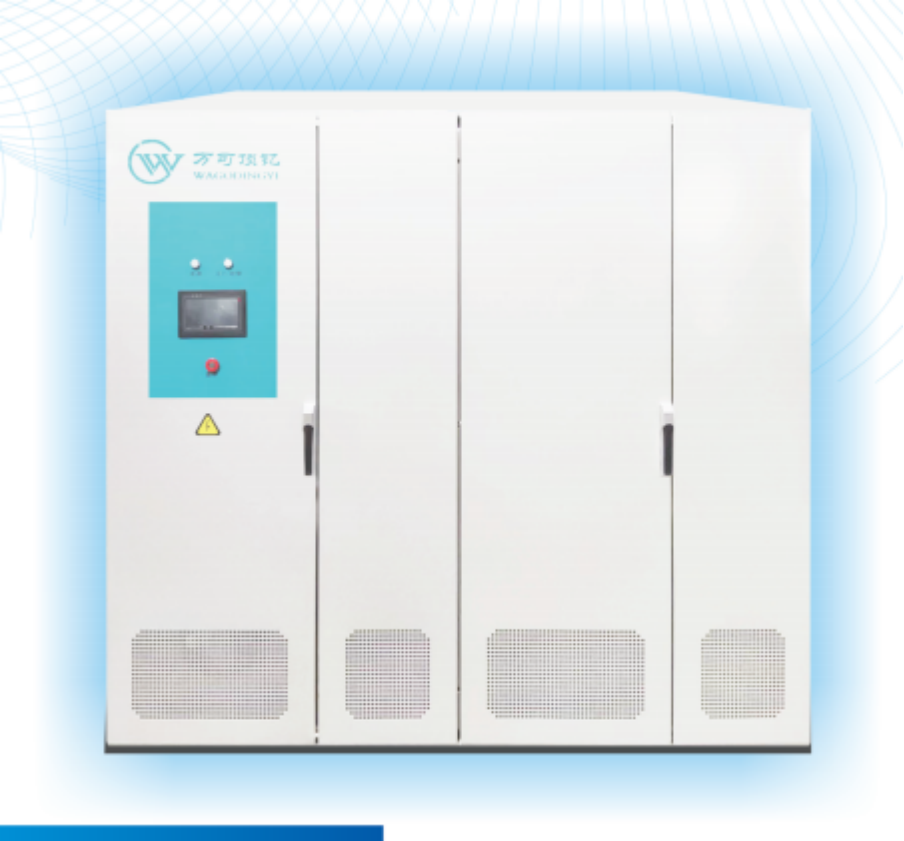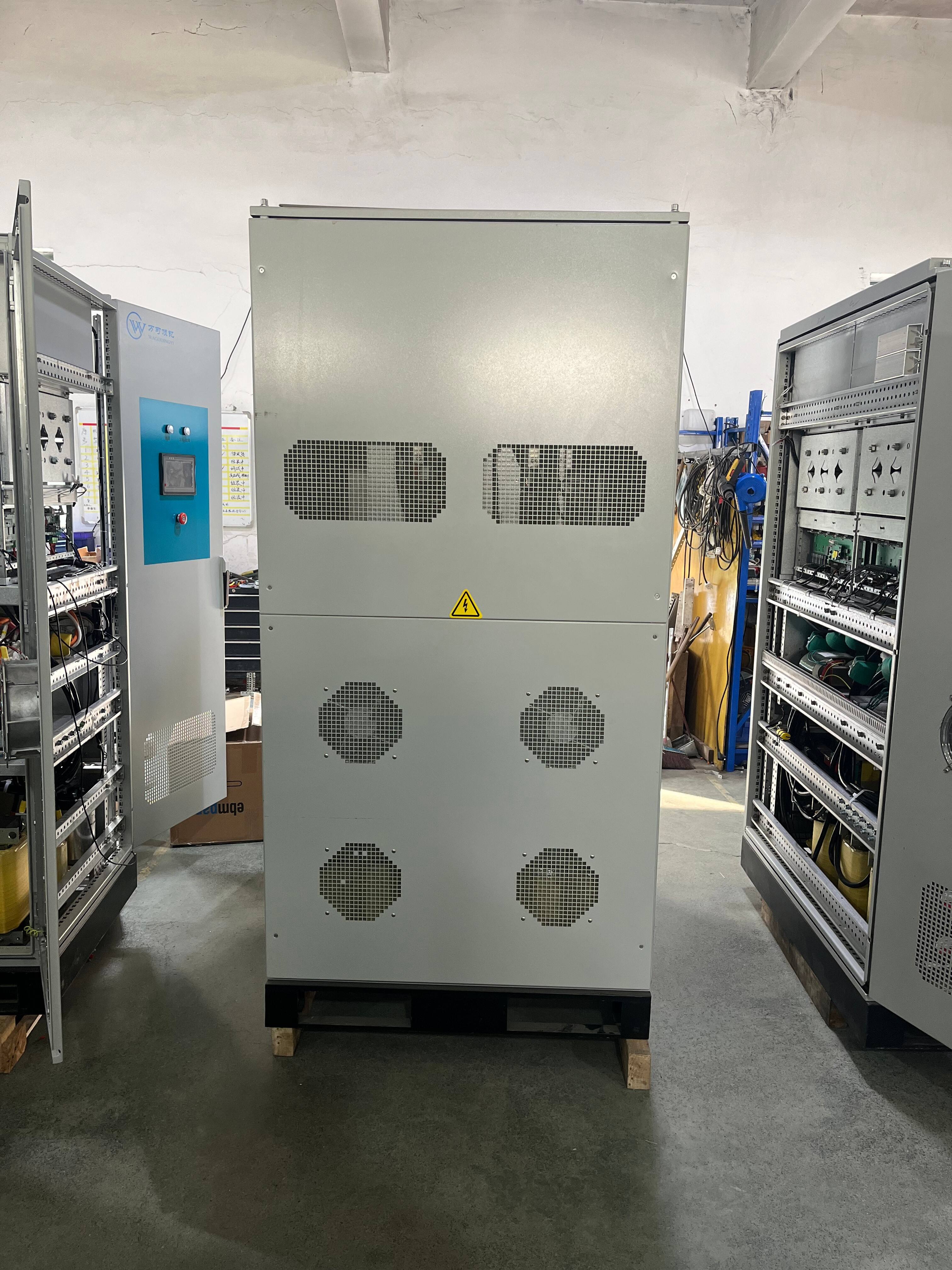dc rectifier
A DC rectifier is a fundamental power electronics device that converts alternating current (AC) to direct current (DC), serving as a crucial component in numerous electrical and electronic applications. This sophisticated device employs semiconductor components, typically diodes or thyristors, to conduct current in one direction while blocking it in the opposite direction. The process involves transforming sinusoidal AC waveforms into a unidirectional DC output, which can be further smoothed using capacitors and inductors. Modern DC rectifiers come in various configurations, including half-wave, full-wave, and bridge rectifiers, each designed to meet specific power requirements. These devices are essential in power supplies, battery chargers, industrial machinery, and renewable energy systems. Advanced features include voltage regulation capabilities, protection circuits against overcurrent and overvoltage, and high conversion efficiency ratings. The technology has evolved to incorporate digital control systems, enabling precise output adjustment and monitoring capabilities. DC rectifiers play a vital role in telecommunications infrastructure, electric vehicle charging stations, and solar power systems, making them indispensable in both industrial and consumer applications.




